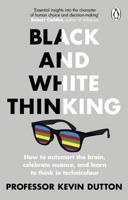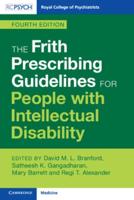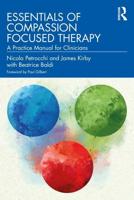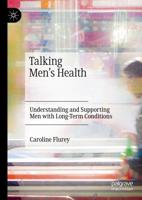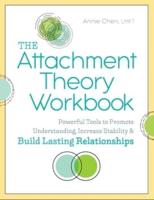Publisher's Synopsis
In the first volume of "Understanding Transference: The CCRT Method", Luborsky and Christoph provided concrete validation of Freud's observations about transference. Using Lester Luborsky's "core conflictual relationship theme" (CCRT) method, they demonstrated how to reliably measure recurring patterns in patients' central relationships and how to explore such patterns within both psychodynamic and other types of therapies. This edition seeks to show why the CCRT method is a good empirical measure of transference and why it continues to be used by researchers and clinicians.;All chapters in the second edition have been revised and updated, and six are new. Part I surveys the basics of the CCRT method and provides detailed illustration of the CCRT scoring of patient narratives. The Relationship Anecdotes Paradigm, a versatile method for obtaining narratives, is described in Chapter 7. The book delves deeper into the multiple facets of the CCRT in Part II, where it explores nine directions to find the meaning of the CCRT measure. There is also an expanded study of the CCRT within narratives and dreams. In Part III, the book turns to clinical applications of the CCRT method, including everyday uses of the CCRT in practice. Finally, the book ends with an integrative summary reflecting on the convergence of many CCRT findings with Freud's observations about transference.


